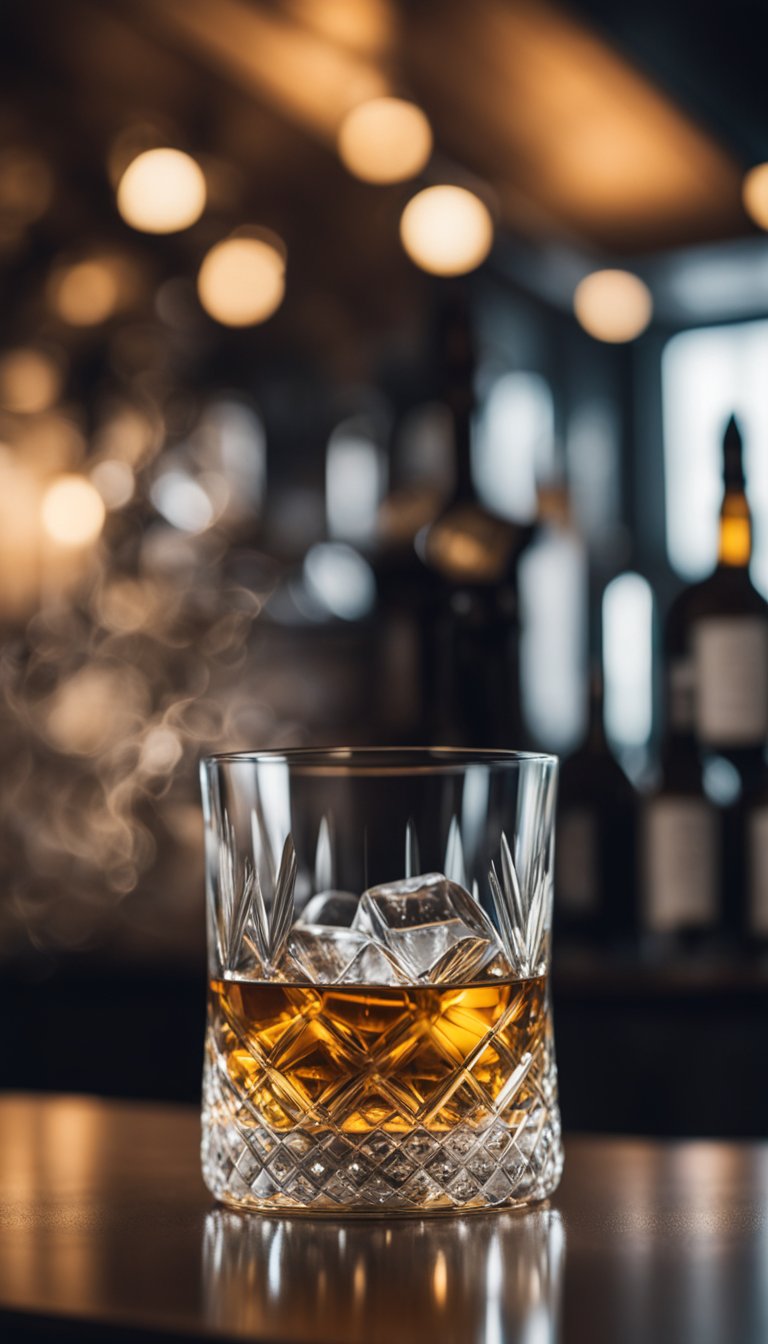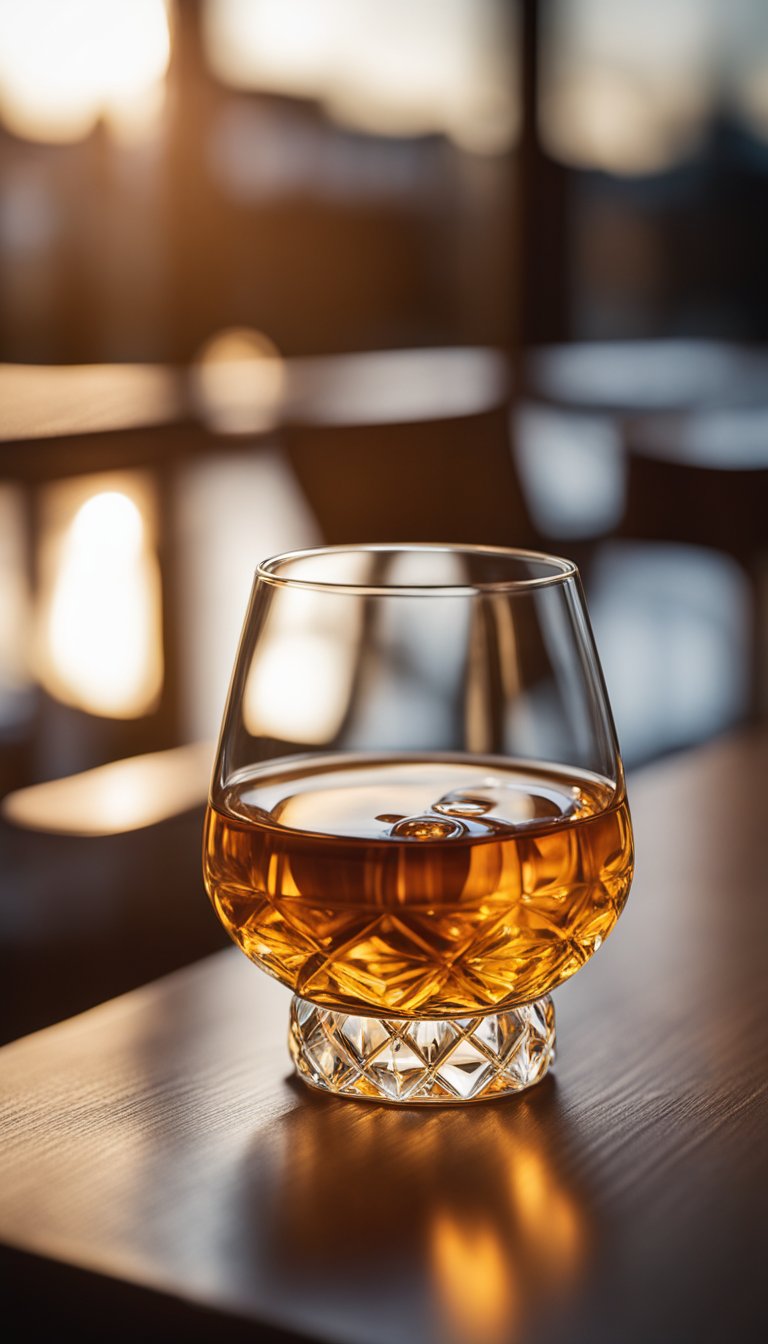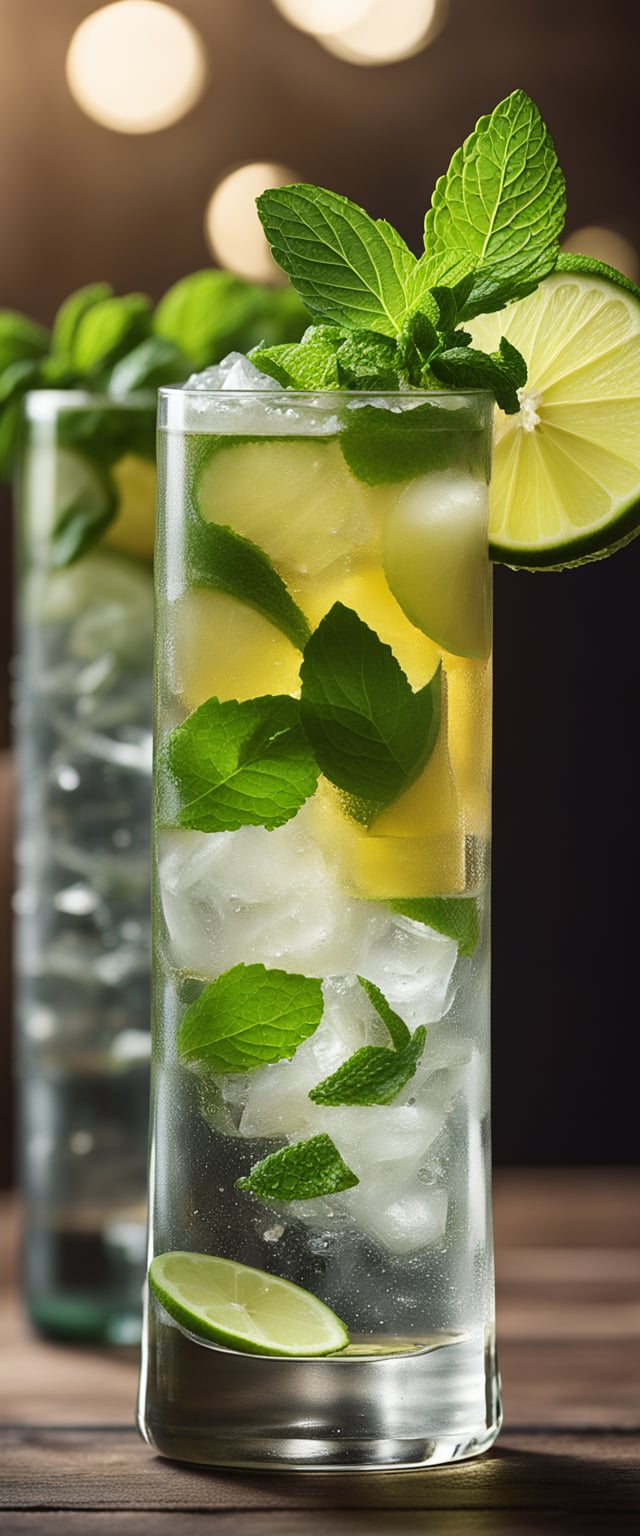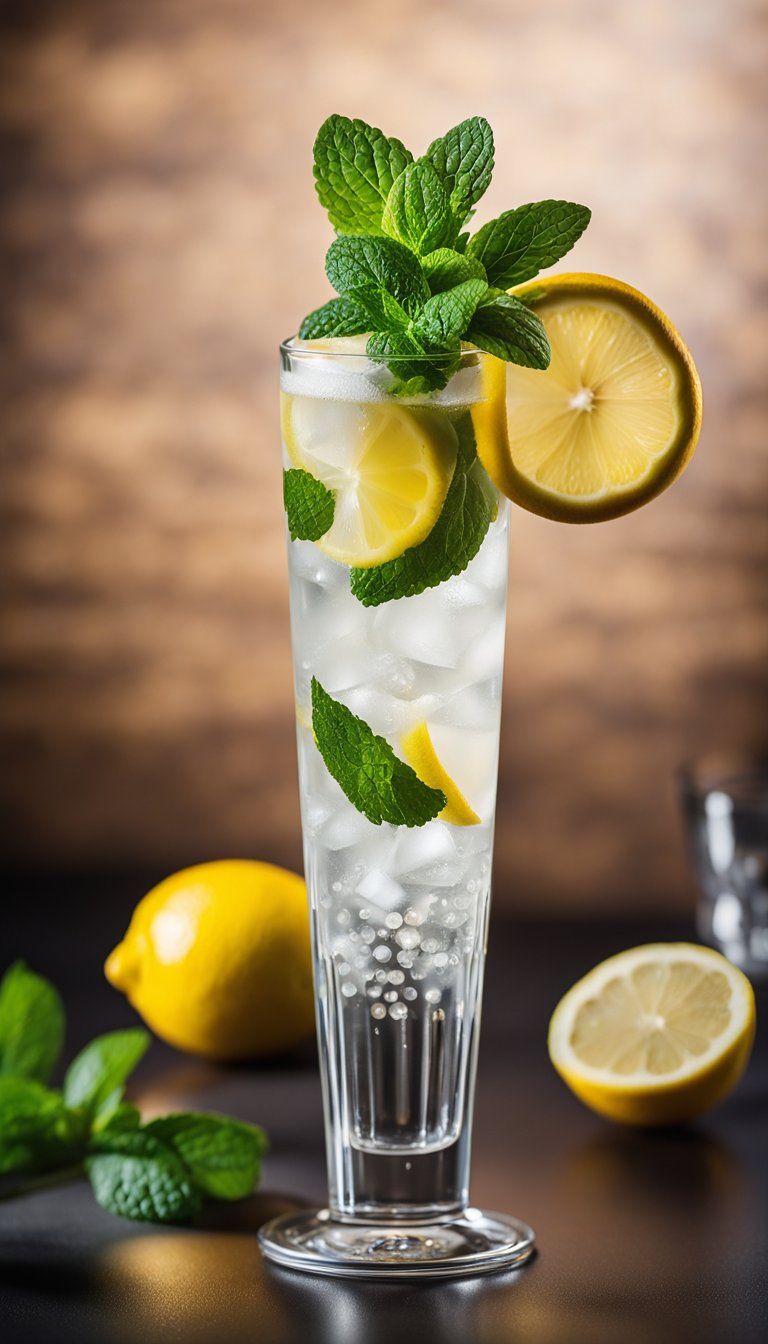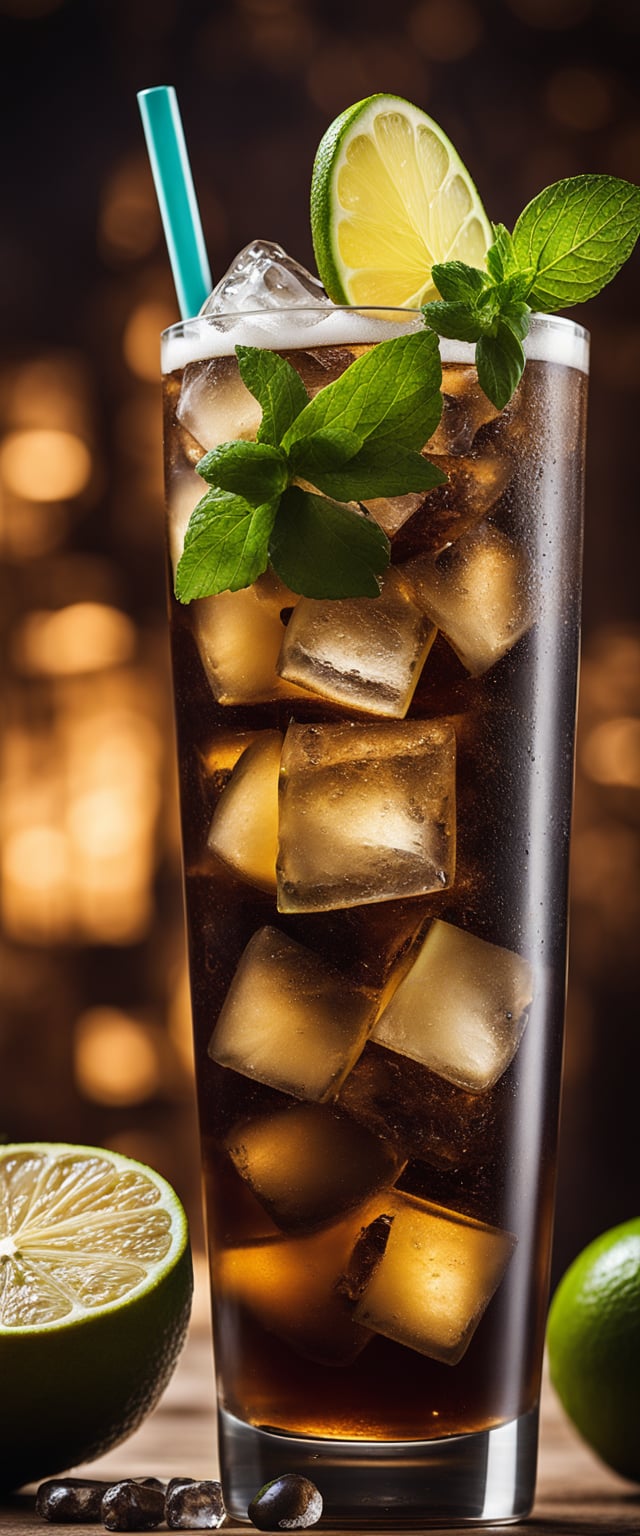In the area of the beverage and food industry, ensuring that you comply with regulations is not just legally binding, it’s an essential element of consumer trust and safety. It is the European Union (EU), known for its stringent regulations put a lot of importance on ensuring that non-alcoholic beverages adhere to the highest standards of safety and quality. This article, which is the first part of our series, is designed to clarify the complex nature of EU regulations regarding non-alcoholic beverages.
understanding the EU Framework
The Overview EU Regulatory Organs
At the core of EU regulations for non-alcoholic beverages are various regulatory bodies each with a significant part in ensuring that the items on the market in the best interest of consumers.
1. The European Commission: Often considered as the executive agency of the EU that is, the European Commission takes charge of the creation of legislation and taking decisions to implement them. In the case of food and beverage regulations, the Commission has a major role in establishing the legal framework within which non-alcoholic beverages are permitted to operate.
2. EFSA (European Food Safety Authority) ):It is an independent agency provides expert advice and scientific information on food safety and the safety of feed to members of the EU institutions. EFSA’s expertise is essential in assuring the safety of food ingredients and other additives in non-alcoholic drinks.
3. National Authorities In addition to the EU’s regulations, individual member states may have their particular regulations. The national authorities ensure compliance to EU regulations at a local or state level.
Lawful Framework
Understanding EU regulations on non-alcoholic alcohol is a matter of understanding the legal framework that governs them. The EU has two major types of legislation that include directives as well as regulations.
EU Regulations: They are directly applicable to all member states and don’t require separate national laws. Once an EU regulations is passed and enacted, it becomes law for all member states at once.
EU Directives: Directives, on the other hand, lay out the goals state members must reach. It is then up to each state member to adopt the laws of its own country to be in line with the directive.
The interplay between EU regulations and laws of member states could sometimes be complicated, requiring companies to be aware of both the global EU laws and laws in their respective countries.
Understanding this legal framework can be a first step toward ensuring compliance with EU requirements for non-alcoholic beverage.
In the next part, we’ll go into certain aspects of EU regulations, with a particular focus on labels and requirements for ingredients, which are of paramount importance for companies operating in the beverage industry.
Join us as we explore the intricacies of labeling and ingredient regulation in the EU for non-alcoholic beverages.
Navigation EU Regulations: Labeling and Ingredient Requirements on Non-Alcoholic Drinks
In the last section we set out on a journey to gain a better understanding of the web of EU regulations that govern non-alcoholic beverages. In this section, we’ll dive into the specifics, specifically focusing on the labeling and ingredient requirementsaEUR”a crucial aspect of compliance for those working in the beverage industry.
Labeling Guidelines
clarity and Transparency
EU regulations are strict when it comes to labeling non-alcoholic beverages. The most important goal is to ensure that consumers get detailed and precise information regarding the items they purchase. Here are some important elements of labeling guidelines:
1. Name of the beverage The name should clearly convey the essence of the beverage. Incorrect names that may confuse consumers are strictly forbidden.
2. Ingredients List: Non-alcoholic beverages are required to provide a list ingredients and each ingredient is listed in descending order of weight.
3. To be aware of allergens in the beverage, the beverage has any of the 14 allergens listed by EU Regulations (e.g., nuts, milk or gluten) these must be clearly identified in the list of ingredients.
4. Net Quantity: the amount of the beverage must be declared in liters milliliters, centiliters, kilograms grams, milligrams, or liters as per the product.
5. Best Before/Use By Dates: Alcohol-free beverages with a shelf life of less than 18 months must have an “use at” date. If they have a longer shelf life should display the “best prior to” date.
Nutrition Declaration
In recent years, EU regulations have made it mandatory for alcohol-free beverages to offer nutrition data per 100 milliliters of the beverage. This includes information on energy values and the contents of saturates, fats, carbohydrates, sugars proteins, salt and.
Ingredient Requirements
Use of Additives
EU regulations strictly control the use of additives in alcohol-free drinks. Additives must be authorized as safe for consumption and have a purpose that is technological (e.g., colorsants, preservatives).
Natural Mineral Waters
For drinks labeled “natural mineral water,” EU regulations are particularly strenuous. These waters must originate from approved sources and fulfill certain requirements regarding mineral content and purity.
Fruit Juices and Nectars
In the event that a non-alcoholic beverage is made up of nectars and juices from fruits, it must meet the specified standards of fruit content. For instance, fruit nectars must contain at a minimum of 25% or more of fruit.
Sweeteners
The usage of sweeteners is monitored to ensure safety and protect consumers’ rights. Labels should clearly state if sweeteners are used.
What’s Next?
As we’ve observed, EU regulations on labeling and ingredient requirements for non-alcoholic beverages are comprehensive and crafted to protect consumers’ interests. Becoming familiar with and adhering to these regulations is crucial to firms in this business.
In the next article this section, we’ll discuss the requirements for quality and safety, exploring how EU regulation ensures that non-alcoholic drinks are in line with the highest standards of quality. Join us on this journey to understand the intricacies of EU regulations further.
Follow us as we unravel the world of quality and safety standards defined by EU standards for non-alcoholic drinks.
Direct Order, Superior Quality: Your Source for Alcohol-Free Spirits is Swedish Distillers!
Security and Quality Standards Ensuring top-of-the-line non-alcoholic beverages throughout the EU
In our trek through the labyrinth of EU regulations regarding non-alcoholic drinks we’ve discovered crucial details regarding labeling and requirements for ingredients. Now, let’s continue our exploration by delving into the world of quality and safety standardsaEUR”critical aspects that uphold the integrity of these beverages in the European market.
Quality Standards
Water Quality
Water is the principal ingredient in many non-alcoholic drinks Its quality is crucial. EU regulations mandate that drinks made with water must meet stringent quality standards. This ensures that the water’s origin, treatment, and transportation are not detrimental to the quality of the beverage or its taste.
Natural Mineral Waters
For beverages labeled as “natural mineral water,” EU regulations are particularly careful. They must come from reputable sources and satisfy high standards for mineral amount and purity. Natural mineral waters are recognized for their purity and unique mineral composition, making them a valuable asset to the industry of non-alcoholic beverages.
Fruit Juice Purity
For drinks that contain fruit juices as well as fruit juices, EU is required to adhere to specific fruit content guidelines. For instance, nectars made from fruit should contain a minimum proportion of fruit content in order to guarantee the authenticity and quality of the drink.
Hygiene and Manufacturing Practices
Infection prevention and hygiene at every step of the production process is vital. EU regulations demand that all factories involved in the production of drinks adhere to strict hygiene and safety standards to prevent contamination and ensure the safety of products.
Safety Standards
Microbiological Criteria
Microbiological safety is a non-negotiable part of the non-alcoholic beverage industry. EU regulations establish microbiological specifications to ensure that drinks are free of harmful microorganisms posing health risks to consumers.
Contaminant Limits
To ensure the health of consumers, EU regulations define maximum limits for various contaminants present in non-alcoholic beverages. These contaminants comprise mycotoxins, heavy metals and residues of pesticides. In-depth monitoring and testing methods are in place to ensure the compliance of these limits.
Additive Safety
Alcoholic beverages that contain non-alcoholic additives must be carefully evaluated to ensure their safety. EU regulations require thorough scientific assessments and risk assessments before additives are approved for use. This ensures that the consumer is not exposed to unnecessary risks.
The Role of Quality Control
Quality control plays a crucial importance in making sure that non-alcoholic beverages meet the highest standards in terms of quality and safety. Manufacturers are accountable to implement strict quality control protocols, starting with the source of raw materials and continuing to the manufacturing stages.
What’s to Come?
Safety and quality standards are the base on that the reputation of alcohol-free drinks is built on in the EU market. In the next section we’ll go over the intricate world of packaging and marketing laws, explaining how these factors contribute to the overall compliance landscape.
Stay tuned for our next step into the realm of packaging and marketing regulations, which are essential to EU compliance for alcohol-free beverages.
Packaging and Marketing How to navigate the EU Regulations for Non-Alcoholic Beverages
As we continue our journey through the intricacies of EU regulations governing non-alcoholic beverages, we find ourselves at a crossroadsaEUR”packaging and marketing. These areas are crucial not only to ensure compliance however, they are also important for capturing the customers’ attention in a highly competitive market. Let’s explore the world of marketing and packaging regulations in the European Union.
Packing Regulations
Material Safety
The EU is determined to ensure that the products used to package beverages will not harm the contents. The manufacturers must abide by strict requirements for the use of materials such as glass, plastics, and metals. This ensures that the packaging doesn’t change the composition or security of the drink.
Recycle and sustainability
Sustainability in the environment is a growing issue, and the EU promotes environmentally friendly packaging options. Regulations are designed to reduce the amount of waste generated and encourage recycling by making targets for the use recycled materials and reduction of packaging waste.
Preparation and Labeling
Labeling is an important aspect of packaging. EU regulations require transparent and accurate information on labels. These include the product name, ingredients including nutritional information as well as allergen declarations. The labels allow consumers to make educated choices and also ensure transparency.
Marketing Regulations
Truthful Advertising
Marketing non-alcoholic beverages within the EU must be guided by the principles of truthfulness and accuracy. Any claims that are made in advertising that claim health benefits, for example or claims about the ingredient’s benefits, need to be proven by scientific evidence.
Safety of Minors
With the potential for appeal of non-alcoholic beverages to minors, advertising efforts should be avoided targeting these consumers. The EU requires strict guidelines to ensure that advertising does not promote drinking by people under age.
Alcohol Imitation
Non-alcoholic drinks should not resemble the appearance or packaging of alcohol-based beverages. This prevents confusion among consumers and ensures that advertising of these drinks is clear and clear.
Challenges and Innovative Ideas
The process of navigating the marketing and packaging regulations can be daunting, but they also provide opportunities for innovation. Many companies are opting for sustainable packaging materials, which comply with both regulatory requirements as well as the preferences of consumers for environmentally-friendly products. Creative marketing strategies focusing upon health benefits and unique flavor profiles are beginning to gain traction in Europe. EU market.
What’s Next?
Our research into EU regulations for non-alcoholic drinks cannot be complete without looking at the vital aspect of compliance with these laws. In the next section, we’ll dive deep into strategies and the best practices that can help businesses ensure compliance with the strict standards of the EU.
Keep an eye on us as we uncover the keys to compliance with EU rules for alcohol-free beverages.
The process of navigating EU Regulations for Non-Alcoholic Beverages: A Comprehensive Guide
Welcome to the fifth and final part of the comprehensive manual on how to navigate EU laws governing non-alcoholic beverages. Through this series we’ve been exploring the intricacy of regulations covering the production of safety, labeling, and promotion of non-alcoholic drinks within the European Union. In this concluding piece in which we’ll present a review of the key points from every section and provide conclusions about the problems as well as opportunities in this highly regulated sector.
Review of Our Journey
Section 1: Production Standards
In the first piece, we reviewed the production requirements established by the EU for non-alcoholic beverages. Important takeaways include:
- Standards of safety and hygiene strict for production areas.
- Guidelines for ingredient selection as well as quality.
- It is crucial to adhere to the limits of residue for chemicals and pesticides.
- What is the importance of adhering in accordance with Good Manufacturing Practices (GMP) is essential.
Section 2 The Nutritional Information and Labeling
In our previous article, we outlined the importance accurate labeling and nutritional information. Highlights include:
- The labeling must be clear and accurate that include ingredient lists, information on nutrition, as well as allergen declarations.
- The importance and significance of truthfulness in advertising and the need for solid scientific proof to back up claims.
- The prohibition of fraud by misleading consumers with false promises.
Third Section: Safety and Quality Assurance
The third article in our series is dedicated to safety and quality assurance. Important points discussed:
- Standards for safety and security that are rigorous to prevent contamination and guarantee the safety of non-alcoholic drinks.
- The importance in Hazard Analysis and Critical Control Points (HACCP) in ensuring food safety.
- Monitoring and traceability in order to swiftly detect and fix safety issues.
4. Marketing and Packaging
In the fourth article We looked at the regulation related to marketing and packaging:
- Standardization of the safety of packaging materials in order to avoid contamination.
- Focus is placed on recycling and sustainability in packaging.
- Guidelines to ensure the truthfulness of advertising safeguarding minors as well as the prevention of fake alcohol.
Challenges and Opportunities
When we are done with our trip through EU rules for non-alcoholic drinks it’s apparent that this industry presents both challenges and opportunities. The challenge lies in navigating the complexities of regulation that requires compliance, as well as adapting to changing consumer preferences for environmental sustainability and health-conscious options.
However, there are substantial possibilities for companies who embrace these problems:
-
Innovation: Developing eco-friendly packaging and marketing strategies that highlight health benefits may set you out from competitors.
-
Transparency: Respecting labelling and regulations governing advertising does not only guarantee conformity but also increases consumer confidence.
-
Security: The importance of safety as well as quality assurance will protect your brand’s reputation as well as protect consumers.
Conclusion
In this series, we’ve walked through the myriad complexities of EU rules for non-alcoholic beverages. From production guidelines to packaging as well as marketing and safety, compliance is essential for survival in this industry.
When you are navigating these regulations be aware that they are intended to safeguard customers and to guarantee the highest quality standards. Be a part of the process to embrace innovation, sustainability, and transparency in order to prosper within the crowded EU sector for non-alcoholic drinks.
Thank you for joining our journey to learn. We hope you’ve gained invaluable knowledge about the regulatory landscape of non-alcoholic alcohol in the EU.
Review of All Articles in This Series
-
Part 1: Production Standards
-
Section 2 the labeling of nutrition information and nutritional labels
-
3, Section 3. Safety and Quality Assurance
-
4. Packaging and Marketing
Continue on your way to success in the world of non-alcoholic beverages, and always stay updated to stay current on the latest EU laws.
